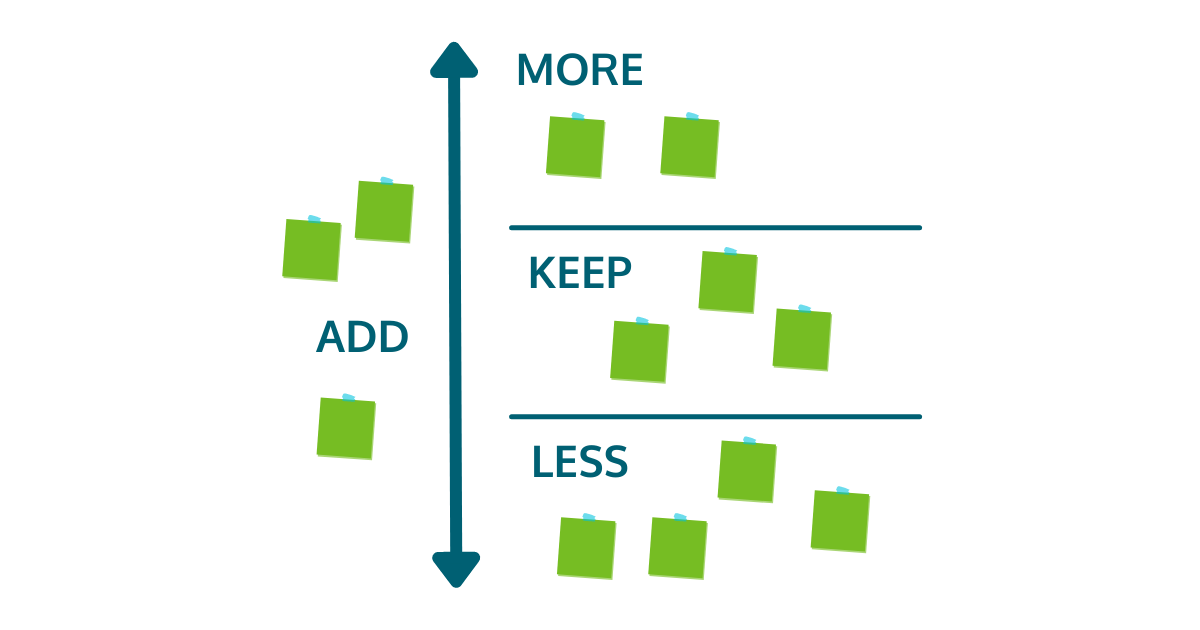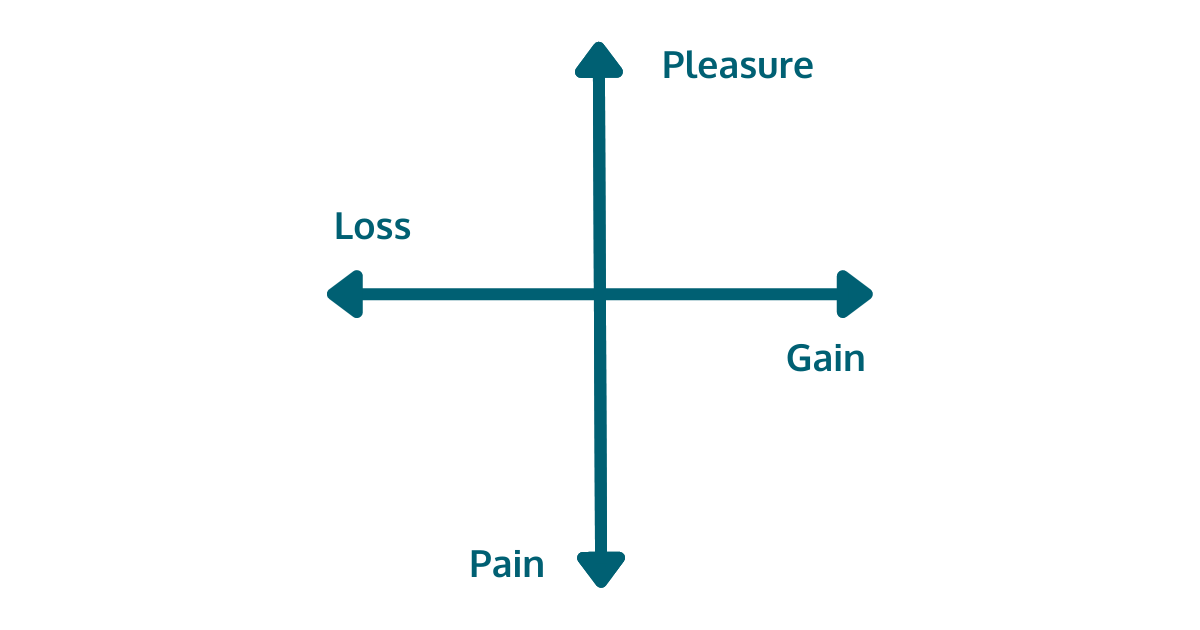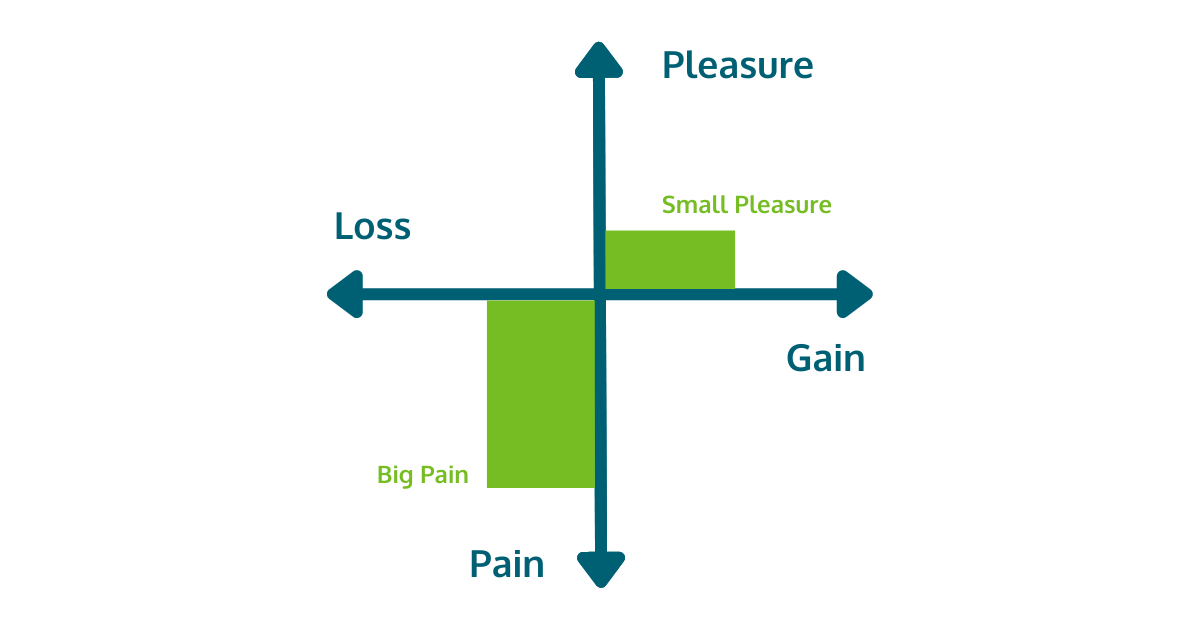-
- marketing agility
- Teams
- Organizations
- Education
- enterprise
- Articles
- Individuals
- Transformation
- Solution
- Leadership
- Getting Started
- business agility
- agile management
- going agile
- Frameworks
- agile mindset
- Agile Marketing Tools
- agile marketing journey
- organizational alignment
- Agile Marketers
- People
- Selection
- (Featured Posts)
- strategy
- agile journey
- Metrics and Data
- Kanban
- Resources
- Why Agile Marketing
- agile project management
- self-managing team
- Meetings
- Scrum
- agile adoption
- scaled agile marketing
- tactics
- scaled agile
- AI
- Agile Meetings
- agile marketing training
- agile takeaways
- Agile Leadership
- agile coach
- enterprise marketing agility
- Scrumban
- state of agile marketing
- team empowerment
- Intermediate
- agile marketing mindset
- agile marketing planning
- agile plan
- Individual
- Team
- Videos
- agile marketing
- kanban board
- Agile Marketing Terms
- agile transformation
- traditional marketing
- FAQ
- agile teams
- Agile Marketing Glossary
- CoE
- Scrumban
- agile
- agile marketer
- agile marketing case study
- agile marketing coaching
- agile marketing leaders
- agile marketing methodologies
- agile marketing metrics
- agile pilot
- agile sales
- agile team
- agile work breakdown
- cycle time
- employee satisfaction
- marketing value stream
- marketing-analytics
- remote teams
- sprints
- throughput
- work breakdown structure
- News
- agile brand
- agile marketing books
- agile marketing pilot
- agile marketing transformation
- agile review process
- agile team charter
- cost of delay
- hybrid framework
- pdca
- remote working
- scrum master
- stable agile teams
- stand ups
- startups
- team charter
- team morale
- user story
- value stream mapping
- visual workflow

As a member of an Agile team, you'll likely spend a lot of time in retrospectives (retros). But just showing up isn't enough; engagement is key to retros that actually produce real value for the team
.
Of course, making retros engaging is easier said than done, especially when you’re holding the meetings once or twice a month. That’s why Agile games are such valuable tools for ensuring your retros work for the entire team. This is particularly true for remote teams, where staying engaged in meetings becomes even more challenging.
To keep things interesting, both virtually and in person, here are some of our favorite Agile games you can play to spice up your retros!
#1 Keep KALM and be Agile
The first exercise you can try is called KALM, which stands for Keep, Add, More, and Less. It's a retrospective activity that helps teams to focus on current activities and align their perceptions of value.
To play this game, you start by dividing a board into four sections corresponding to the four letters of the name, like in the picture below. Each area has a meaning:
- Keep – something that you think your team is doing well, and you recognize the value it brings.
- Less – something you currently do, but you think you should do less of.
- More – something you currently do, but believe will bring added value if you do even more.
- Add – a new idea, activity, or process – or something you have seen working before – that you would like to start doing.
More, Keep, and Less should be aligned on an axis in this order, and Add can be on the side (see picture below). Once the outline is done, each team member writes their ideas for each category on a Post-it and puts them on the board. When everyone is ready, you collectively read the items in each section and decide which to leave as a team.

#2 No Pleasure, No Gain
The next Agile game on our list is called Pleasure and Gain.
First, you need to draw the Pleasure and Gain graph as shown in the picture below.

Next, you need to give instructions to the participants on how to add their notes to the graph. Ask them to list all the activities they do at work and answer two questions about each of them:
- Do you feel Pain or Pleasure when doing this?
- How much Gain or Loss do you have by doing this?
Then explain to your team what the graph represents, especially where the Pleasure/Gain “magic” quadrant lies and where the “big Pain” intersection is (see picture below). Finally, based on the answers of the questions above, ask your team to put their activities in the corresponding places on the graph.

When everyone has placed their activities, you should discuss what you can do to move each item towards the upper right Pleasure/Gain “magic” quadrant.
This Agile game originates from the Loss Aversion Theory by psychologist Daniel Kahneman. He discovered that the pain of losing is psychologically more powerful than the pleasure of gaining.
When we think of the Loss Aversion Theory as a complementary concept to Freud’s Pleasure Principle (the innate human tendency to seek pleasure and avoid pain), it becomes clear how the Pleasure and Gain game can start critical conversations that can change the work a team chooses to do and how they do it.
#3 Love the Way You Lie
This activity is often used as an icebreaker in its original form, but with a small tweak, it can be a great addition to spice up retro meetings. The game is called Two Truths, One Lie and it’s quick to learn and easy to play for teams across the board.
Each team member must think of three statements referring to the last sprint. Two of them need to be true, and one should be a lie. Then the team will have to guess which of them is a lie. There are three stages:
- Set Up (7 minutes)
Gather the team and explain the rules. Give them five minutes to come up with the three statements and write them down on Post-its. - Play (3 minutes per person)
Each team member has to present their statements. Then the group should discuss and choose which one they think is the lie. If it’s not easy to reach an agreement, have a vote and select the statement with the most votes. The presenter will then reveal to the group which of the statements is false and whether they have guessed correctly or not. - Wrap-Up Discussion (20 minutes)
After all teammates have passed their turns, collect and categorize all the statements (truths and lies) which refer to negative outcomes. Then, as a team, discuss what could be done to prevent those things from happening in the future.
Finally, create a list of actionable solutions for each statement and ask the team to select the items they want to focus on in the next sprint by voting. Add the remaining actionable items to the retrospective backlog to be discussed for a future sprint.
#4 Kudos to You!
The Kudos Cards exercise is an excellent addition to your retros and can be used in every sprint as a way to appreciate and encourage good behavior toward teammates.
It’s a straightforward game that can be played at the beginning or end of a retrospective meeting. You start by giving each team member Kudos Cards (empty Post-its). (If you’re willing to put more effort and creativity into it, you can create your own card designs and print them out prior to the meeting).
Have the same number of cards as the number of people on your team. Each person should use them to thank their teammates by acknowledging something that was done well by them in the sprint.
Set aside a space, either a temporary board or a permanent Appreciation Wall, and draw a column for each team member with their name at the top. When everyone is ready, put each Kudos Card on the board under the appropriate person's column. Take a few minutes to read them out loud and congratulate everyone for their achievements.
#5 WWW (Hint: Not the World Wide Web)
WWW stands for Worked well, Kind of Worked, and Didn’t Work; the game is a great way to gather data in a fun and efficient way.
It’s a quick activity that requires nothing more than the usual Post-its and a whiteboard. Begin by splitting the board into three areas for each of the Ws. Then instruct team members to write on the Post-its their suggestions for activities of the last sprint to populate the sections.
Under "Worked Well", they should put the things that worked really well and delivered value: things they would like to continue doing. The "Kind of Worked" things should be those that somewhat worked, but they feel need tweaked. Finally, things that "Didn’t Work" are things that did not work at all and shouldn’t be repeated. Give your team five minutes to prepare their notes and then ask them to put the Post-its on the board.
Then, discuss whether everyone agrees and take action to remove the activities that didn’t work from the next sprint. Also, spare some time to identify what adjustments should be made to the activities in the “Kind of Worked” column and make sure to implement them.
Before diving into a few Agile games for remote teams, why don't you take a second to get our Agile Business Quick Start Guide?
Agile Games for Remote Teams? Sure!
Nowadays, distributed teams are no longer an exception; they're the new normal. However, this doesn’t mean remote teams should miss out on all the fun. On the contrary, these five games for retrospectives are a perfect addition to your virtual meeting as well!
Here are some tips that will help you implement them and, in turn, create a healthier environment for your remote meetings:
- Organize
Make sure you've organized the retrospective meeting carefully. To ensure attendance, send invitations and a detailed agenda in advance. For online meetings, this is particularly important as you can’t just walk over to your colleague and grab them if they've forgotten the retro. Include a link to the virtual platform and double-check that it works properly to avoid delays due to technical issues. - Visualize
Ask your team members to turn their cameras and microphones on for the retros. This will make the experience more personal and ensure that you have their full attention – as if you were in the same room. Some of us are tempted to quickly respond to an email or check deadlines during a meeting. However, this distracts us and we might miss an important takeaway.
Moreover, for some of the games, like Kudos Cards, it’s rewarding to see how people are smiling when they read the appreciative words from their colleagues. Smiles are contagious :) - Use Tools
Get creative and prepare different messages and agendas for each meeting, this avoids them feeling repetitive. In addition, you can introduce a new game each time to keep the team guessing what they'll do next.
Some Agile teams may be discouraged from playing games during retros because they don’t have whiteboards, Post-its, etc. Luckily, there are a lot of tools that support retrospective meetings and help physical and remote teams get the most out of them. Our Agile marketing coaches often use Miro, Trello, and Google Docs with the teams they work with.
- Take Screenshots
During a virtual retro, it’s easy to forget some action items and leave them in the meeting. Avoid this by taking a screenshot of the final version of your virtual board so you don’t forget to implement all the action items that came up during the meeting. It’s also more reliable than your notes and serves as a single source of truth for further reference. - Encourage Rituals
When working together in offices, most people go into meetings (especially long ones) with a glass of water, tea, or coffee. Remind your teammates to grab their drinks before the virtual meeting as well! This will help them feel more comfortable and help recreate the office “vibe” in a remote environment.
You can also create new rituals, such as taking a photo of all your faces at the end of each retro and gathering them in an album at the end of the year. This activity also helps team members relate better to their coworkers and the company as a whole. But don’t stop there! Think of other rituals that might be a good fit for your group down the line.
Ready to Start Playing?
Agile games help your retrospective meetings be more engaging. If you’re determined to keep these gatherings productive and avoid monotony, we recommend you try out these five activities and see how they work for your team. They'll help you structure the meeting goals in a fun game format, but still help you gather useful data and reflections on your last sprint.
If you’re looking for other ways to enhance your team’s Agile abilities, you can find a wide variety of learning materials on our Agile learning platform The Ropes.
Short on time?
Check out the library of microlearning content we developed based on years of working with Agile marketing teams, and the following 4 microlearning paths in particular:
- Path 1: Agile Basics
- Path 2: Agile Team Applications
- Path 3: Agile Leadership
- Path 4: Agile Culture & Transformation
Each of them contains 10 bite-sized lessons, 20 short engaging videos, and 10+ downloadable resources that can boost your Agile knowledge in minutes even during the busiest days.
Whether you want to teach new hires about Agile methods or take your team’s Agile performance to the next level, we have the tools you need to make it happen.
Topics discussed
Improve your Marketing Ops every week
Subscribe to our blog to get insights sent directly to your inbox.


.jpg?width=450&height=250&name=Definition%20of%20Done%20vs%20Acceptance%20Criteria%20(and%20Why%20Your%20Team%20Needs%20Both).jpg)